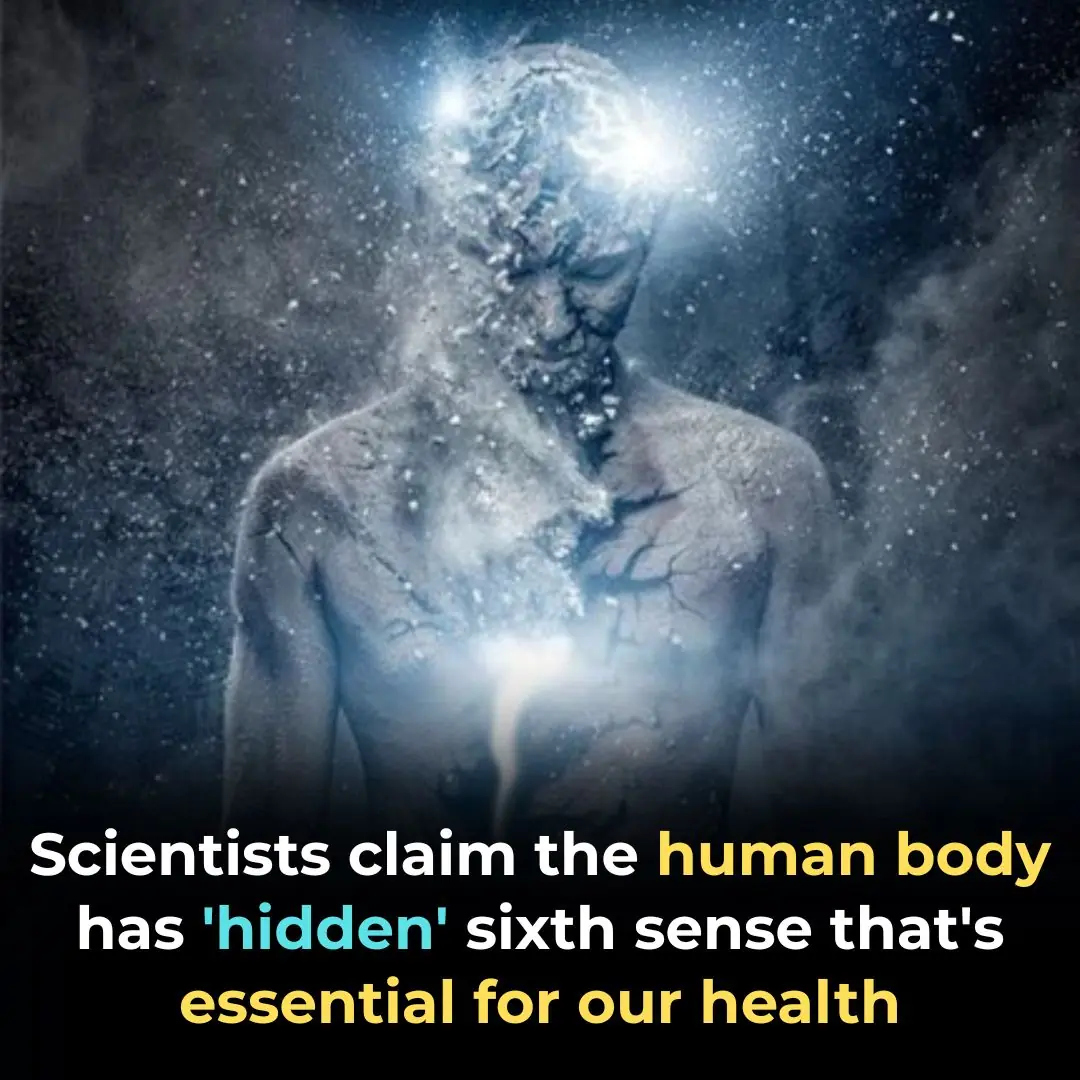
Trump Blasts TIME Magazine for Unflattering Cover Photo

Donald Trump’s TIME Cover Controversy: When a Diplomatic Victory Turned Into a Vanity War
Donald Trump had just returned from what many called a victory lap through the Middle East. His administration had brokered a Gaza ceasefire that analysts said could define his second term and perhaps reshape the region’s political future. TIME Magazine marked the occasion with a glowing cover story that praised his diplomatic win. Everything seemed lined up for a triumphant media moment.
Except for one problem: the photo.
Within hours of the cover’s release, Trump took to Truth Social with a complaint that sent shockwaves through political and media circles. He didn’t hold back. What followed was a cascade of reactions—from political rivals and foreign officials to internet conspiracy theorists—each finding their own meaning in a single magazine cover that was supposed to celebrate peace.
President Calls Out “Super Bad” Cover Photo
The living Israeli hostages held in Gaza had been freed under the first phase of Donald Trump’s peace plan, alongside a Palestinian prisoner release. The agreement, hailed as a potential cornerstone of his second term, could mark a major turning point in the Middle East. TIME framed it as “a historic moment of leadership.”
Trump saw something else.
“Time Magazine wrote a relatively good story about me, but the picture may be the Worst of All Time,” he fumed on Truth Social.
His grievances were oddly precise. He accused the editors of “disappearing” his hair and replacing it with “something floating on top of my head that looked like a floating crown, but an extremely small one.” He also complained that he’d never liked photos taken from low angles, calling the image “super bad.” Then came the rhetorical punchline: “What are they doing, and why?”
The photo credit went to Graeme Sloane, who shot the image at the White House on October 5 for Bloomberg. Sloane captured Trump from below, with bright sunlight shining directly behind his head. For photographers, the result was predictable: overexposure, halo effect, and vanishing detail.
What Made Him Look So Unusual
Backlighting creates a halo effect. When a strong light source sits behind the subject, details fade and the image can wash out. In Trump’s case, the glare made sections of his hair disappear entirely, leaving a ghostly rim of light that looked like a tiny golden crown hovering above his scalp.
And then there’s the angle. Shooting from below rarely flatters anyone—it accentuates chins, compresses facial features, and emphasizes the neck. Trump’s chin and throat, caught by the geometry of the lens, became unintended focal points.
California Governor Gavin Newsom couldn’t resist. His press office posted a pixelated version of Trump’s neck area, turning the president’s photo gripe into instant political satire.
Carly Earl, picture editor at The Guardian Australia, offered a professional take: “They probably chose this image because they wanted Trump to look heroic. When you look up at someone, it conveys grandeur and authority. His expression even looks contemplative, almost angelic.”
Technically, she said, it was a strong image. But artistically? “No one likes being photographed from below,” she admitted. “Conceptually, it’s powerful. Aesthetically, not flattering.”
That very tension—between symbolism and self-image—transformed a diplomatic celebration into a viral spectacle about vanity.
Irony Behind His Triumph Cover
The irony was unmistakable. TIME’s cover story lavished praise on Trump’s success in securing the Gaza ceasefire. Headlines called him “the leader Israel needed” and described the deal as “a triumph of persistence.” Inside, the article chronicled the back-channel negotiations and late-night calls that reportedly led to the breakthrough.
Critics said TIME had gone soft, presenting an uncritical portrait of Trump’s foreign policy. But even that adoration couldn’t satisfy him. Instead of basking in the praise, he zeroed in on the lighting and camera angle.
The timing made the moment even stranger. The cover dropped as Trump landed in Israel to meet freed hostages and address the Knesset. From there, he flew to Sharm el-Sheikh for a high-profile summit with Egyptian and regional leaders to plan Gaza’s reconstruction.
Egyptian President Abdel Fattah el-Sissi told Trump, “Only you can bring peace to this region.” In Jerusalem, Trump received sustained applause and even cheers of “Shalom, Mr. President.” Yet, even amid diplomatic applause, his focus returned to his hair.
For Trump, appearances have always mattered as much as achievements—perhaps more.
Decades of TIME Magazine Obsession
Anyone surprised by Trump’s reaction hasn’t been paying attention. His relationship with TIME is part admiration, part obsession.
His first TIME cover came in January 1989. Since then, he’s graced more than 40 covers—more than many sitting presidents. In 2017, he boasted of holding “the all-time record” for TIME covers, which was false. That same year, reporters discovered fake TIME covers bearing his face hanging in several of his golf clubs.
Real covers apparently weren’t enough.
TIME named Trump Person of the Year twice—first in 2016 after his surprise victory and again in 2024 following his second election win. He called the second honor “tremendous.” That year’s finalists included Kamala Harris, Elon Musk, and Princess Catherine. Beating that lineup thrilled him; getting a bad photo infuriated him even more.
His fixation speaks to something deeper than vanity. For Trump, magazine covers are proof of cultural dominance—a visible metric of relevance. They signal power, prestige, and permanence. But the tradeoff is loss of control: the editors choose the photo.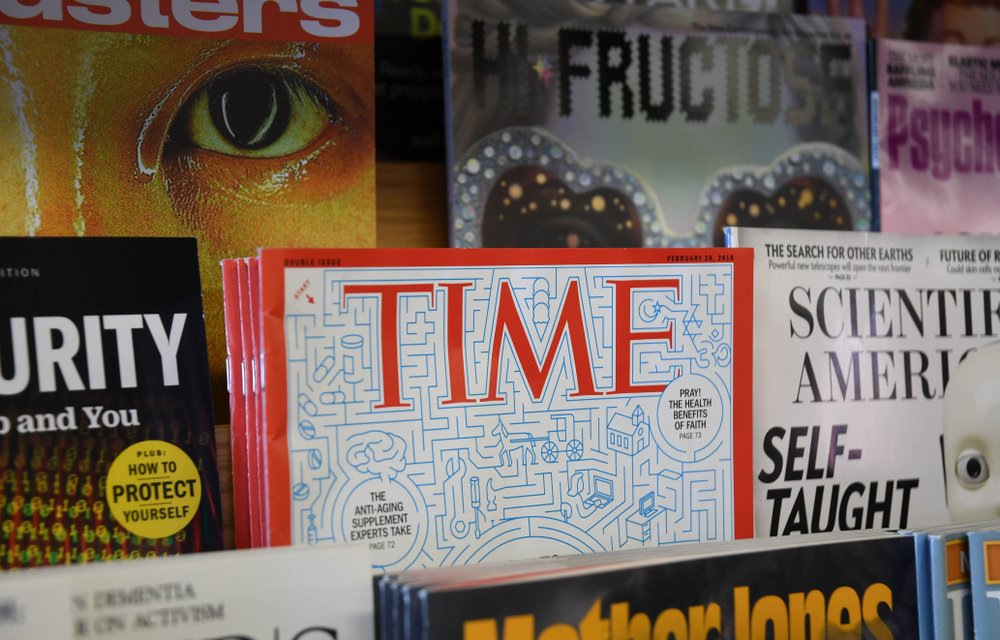
Political Rivals Jump on the Photo Flap
Governor Newsom’s pixelated mockery was just the opening act. Trump’s post handed ammunition to rivals who found comic relief in the president’s self-consciousness. How do you parody a leader complaining about bad lighting while world peace hangs in the balance? You barely need to try.
Then came an unexpected defender: Maria Zakharova, spokesperson for Russia’s Ministry of Foreign Affairs. On Telegram, she blasted TIME’s editors, saying, “Only sick people, people obsessed with malice and hatred, perhaps even perverts, could have chosen such a photo.” She accused the magazine of bias, claiming that TIME used “complimentary images” for Joe Biden despite his “visible infirmity.”
Her remarks injected international drama into what had started as an American media controversy—proof that even Trump’s hair could become geopolitical discourse.
At home, late-night comedians, meme artists, and political commentators pounced. For a few days, global attention drifted from diplomacy to digital ridicule.
Conspiracy Theorists Seize New Ammunition
While politicians mocked and diplomats defended, another corner of the internet found a new obsession: Trump’s ear.
In July 2024, during a Pennsylvania rally, Trump was grazed by a bullet in an assassination attempt that left another man dead. Conspiracy theorists have questioned the incident ever since. So when TIME released the new cover, online sleuths zoomed in.
“Where’s the bullet wound???” one user asked. Another claimed, “Cartilage doesn’t grow back—this ear is fake.”
Defenders suggested explanations ranging from plastic surgery to digital retouching. But for conspiracy circles, ambiguity is oxygen. Each image becomes “evidence” of something hidden.
Trump never mentioned his ear. He talked about his hair. His critics mocked his chin. And millions debated pixels. A single photo became a mirror for every worldview—political, ideological, or conspiratorial.
A Single Photo, Many Reflections
A magazine cover intended to commemorate a diplomatic triumph instead became a cultural Rorschach test. TIME editors wanted to portray strength and redemption. Trump saw insult. His opponents saw comedy. Conspiracy theorists saw proof of deceit.
The entire episode revealed something fundamental about modern politics: in the age of viral imagery, perception often overpowers substance. Trump’s hair and camera angle briefly overshadowed a Middle East peace accord.
For a president who has built his identity on image control, the “super bad” photo was more than an artistic grievance—it was a challenge to his self-narrative. It showed that even a victory can feel like a defeat when the reflection in the mirror doesn’t match the one in your mind.
In the end, TIME’s photo said more about politics, perception, and power than any headline could. It reminded the world that in the 21st century, even peace can’t compete with vanity.
News in the same category


DoorDash Steps Up: Free Deliveries for SNAP Recipients as Federal Assistance Nears Collapse

Nostradamus’s Predictions About Cats In The Home

Here’s Why Many Couples Start Sleeping In Separate Beds After 50

Conveniently keep these 3 things under the bed, no wonder the family is in chaos, has many difficulties, and still works hard

5 Phrases That Indicate a Man is About to Leave His Wife for Another Woman

Can You Find The Missing Girl in the Wilderness

Why You Keep Your Room Messy According to Psychology

New Research Upends 10,000-Step Rule for Older Adults

How Science Reveals the Hidden Power of the Brain to Heal from Emotional Trauma

Can you spot the hidden dog? Only people with eagle eyesight can!
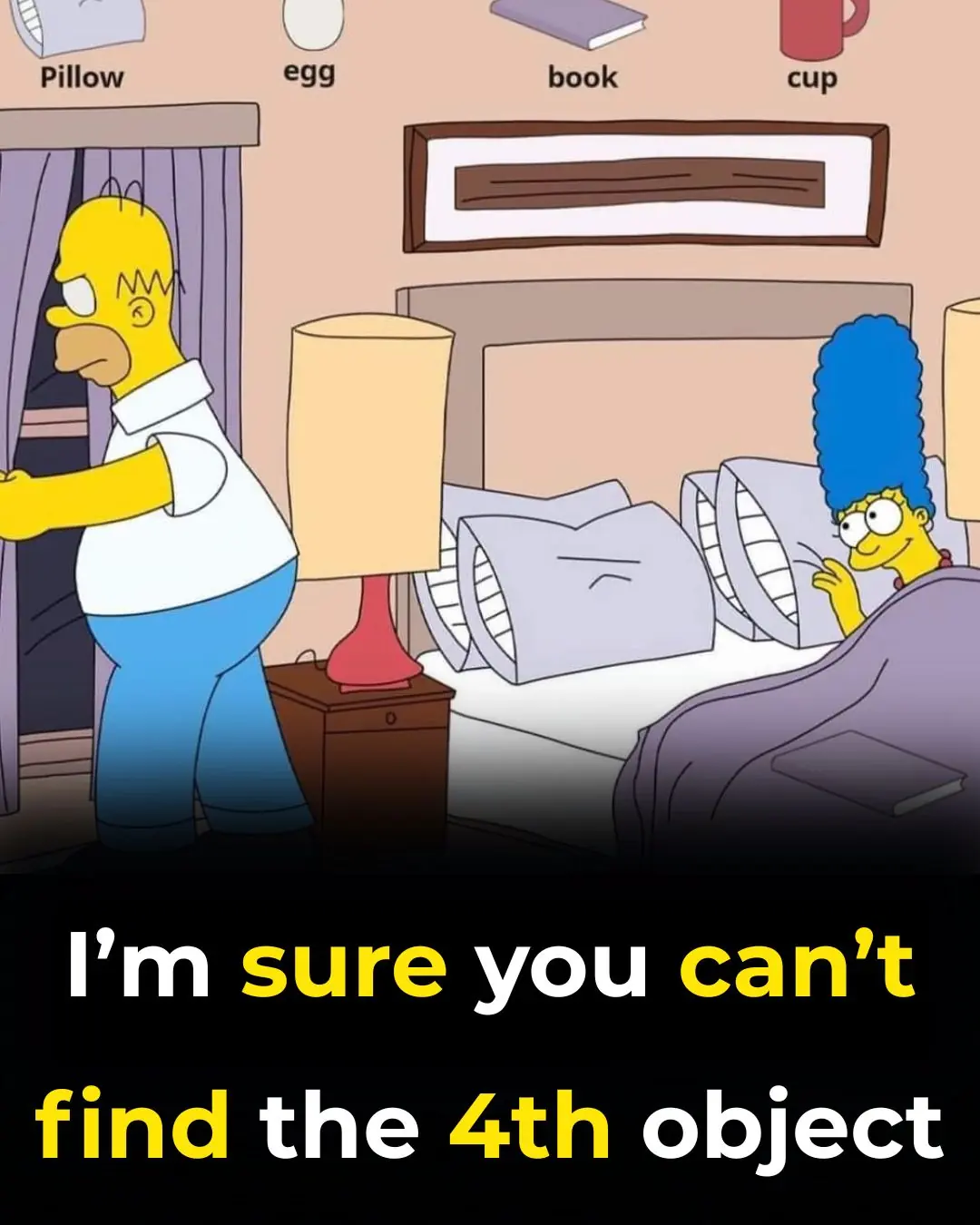
Can you spot the book, egg, cup, and pillow?
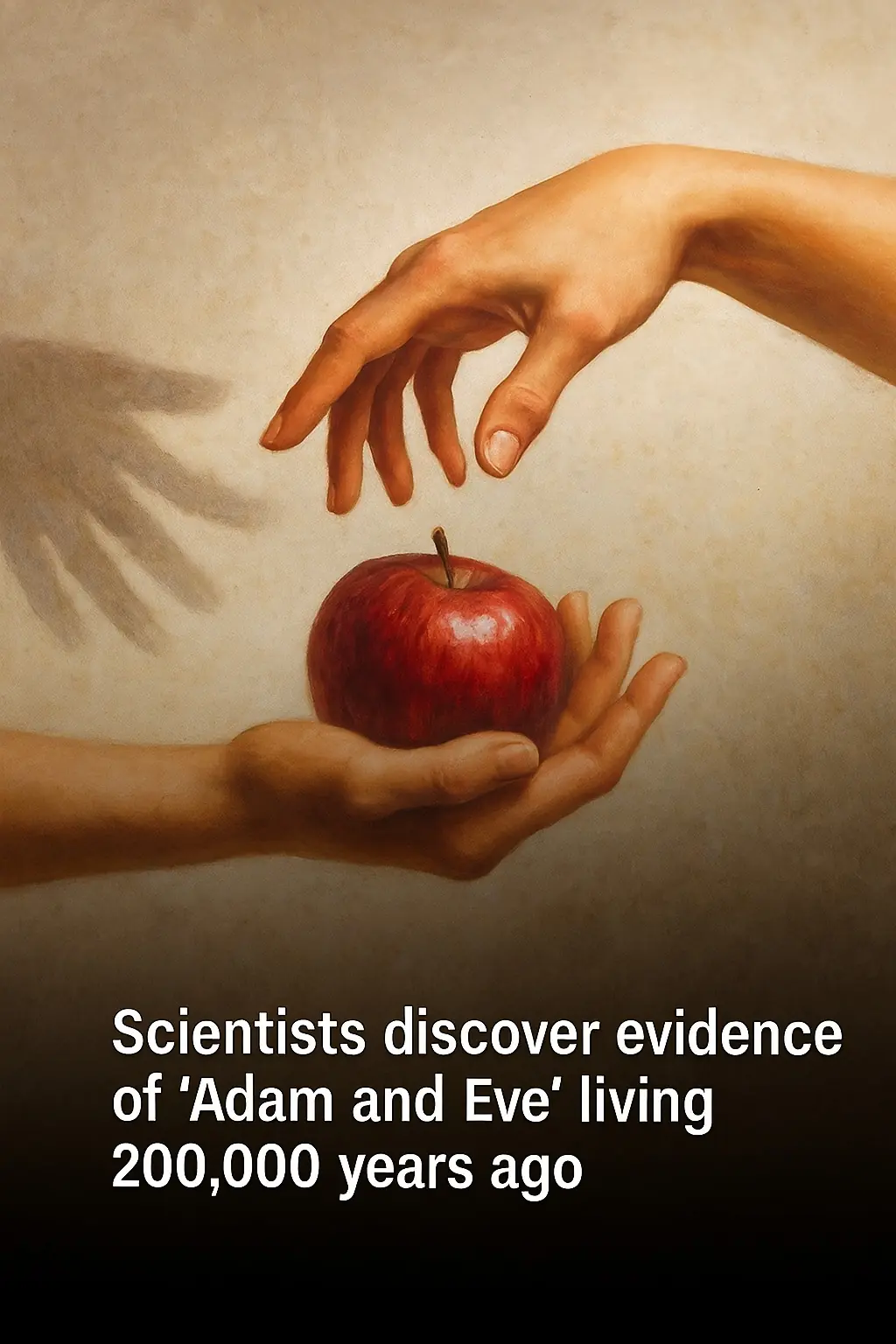
Scientists discover evidence of 'Adam and Eve' living 200,000 years ago

Discover Love in the Little Things: Everyday Connections

The Political Science Of Ending Animal Testing In The US

These organic burial pods will turn your body into a tree after you die
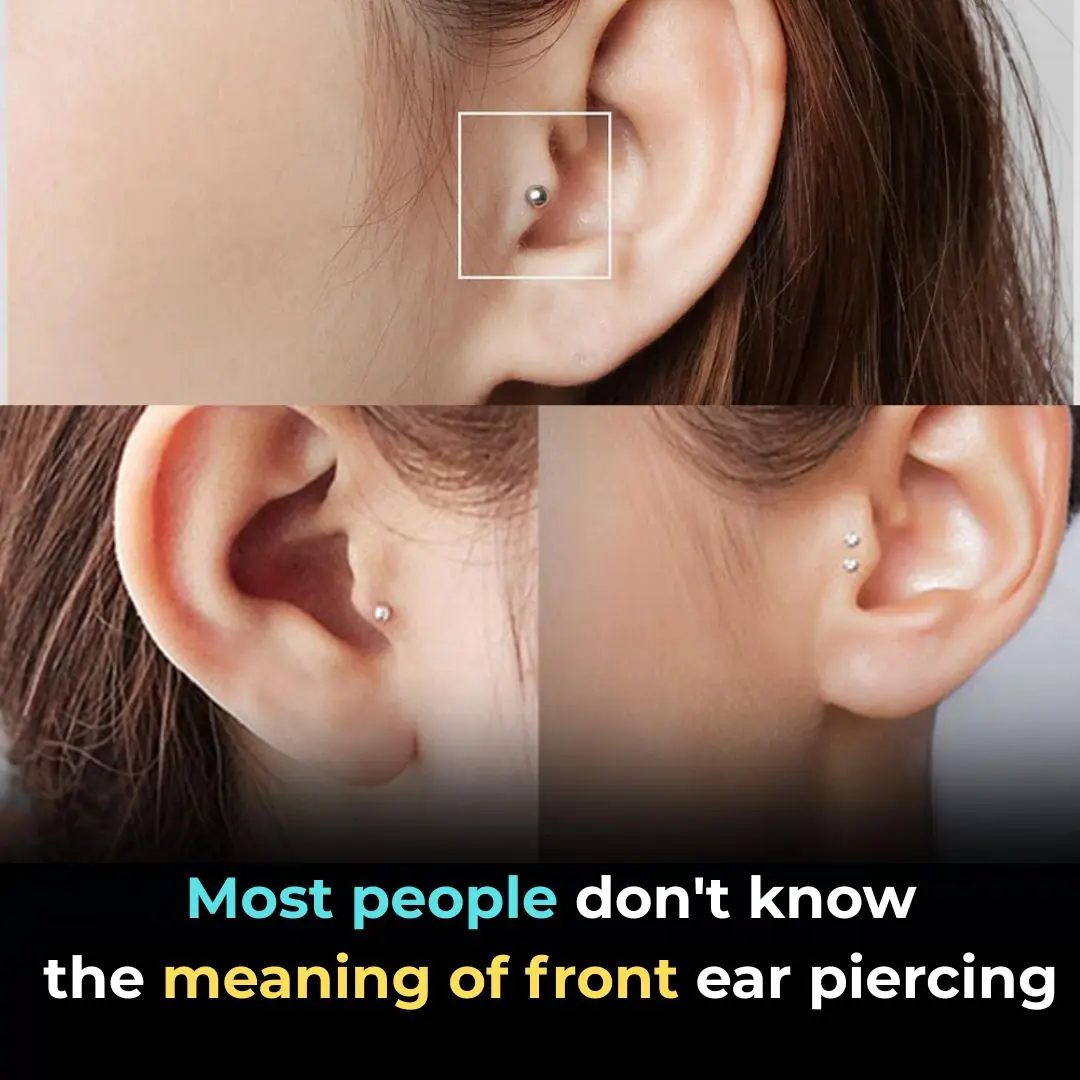
Tragus Piercing What Does It Mean

💪 Sarcopenia: Why Muscle Loss Happens & How to Fight It (After 50)

Japanese scientists delete chromosome that causes down syndrome
News Post

A 3-Year-Old Girl Bit a Thermometer and Swallowed Mercury: A Mother’s Smart Reaction Saved Her Daughter’s Life and Earned the Doctor’s Praise

5 Signs of Kidney Failure That, If Ignored, Could Lead to a Lifetime of Dialysis
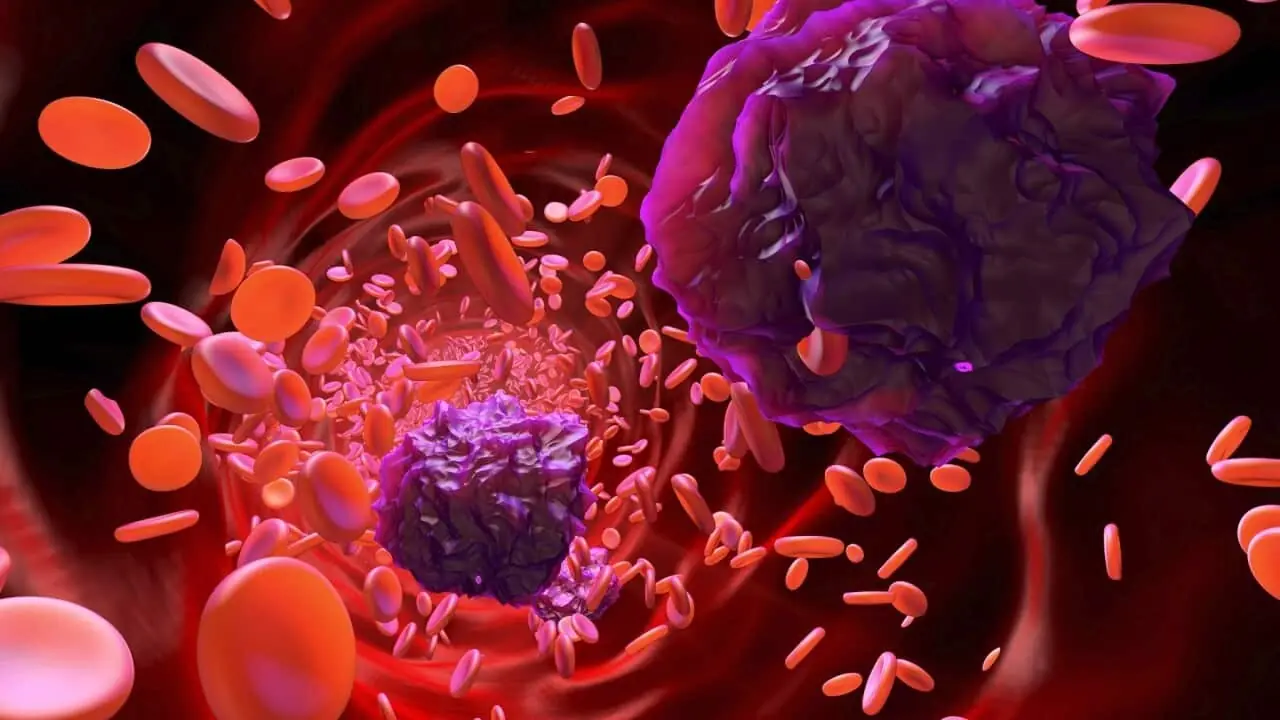
Is Cancer Hereditary? Useful Advice to Prevent the Growth of Cancer Cells
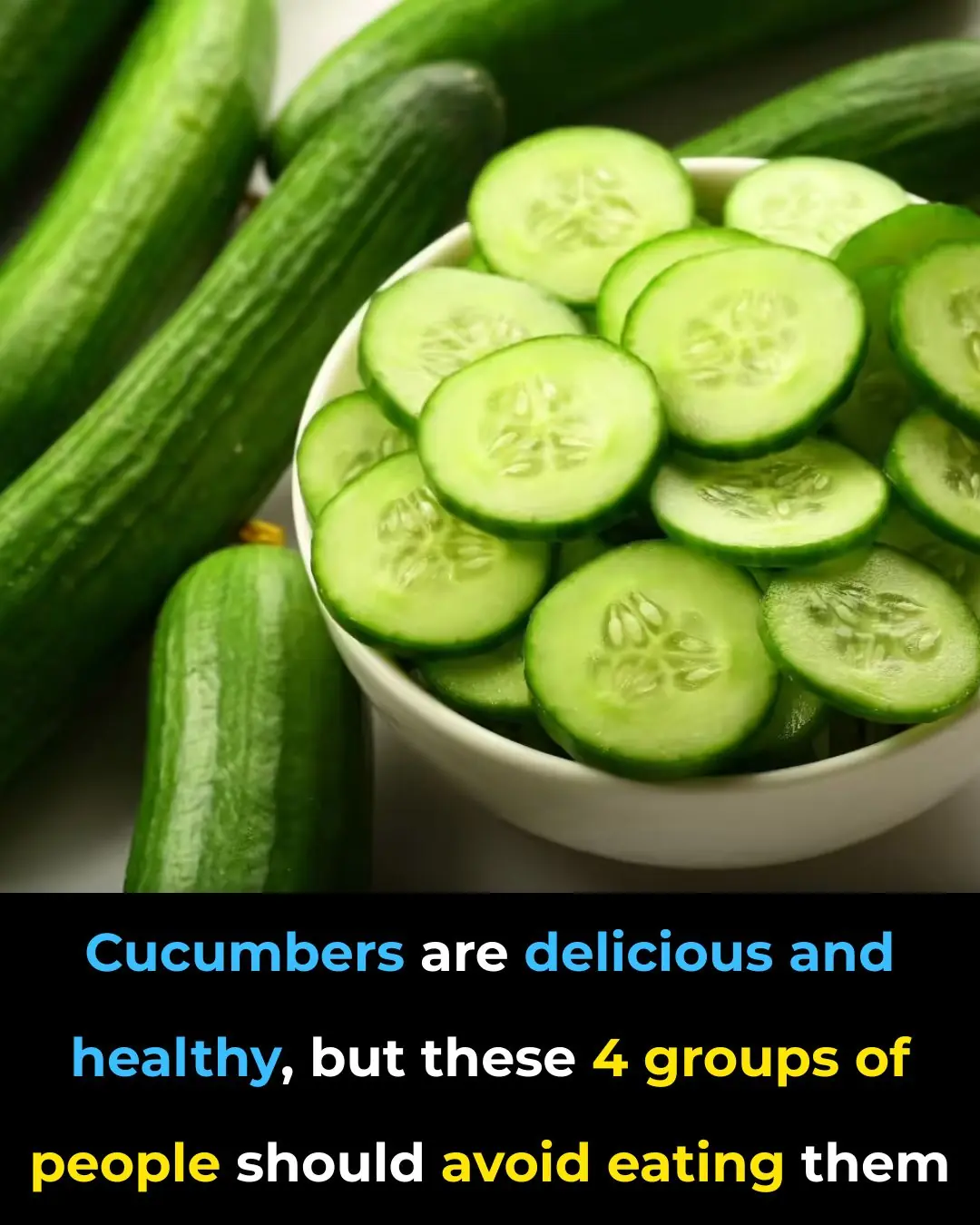
4 types of people who should avoid eating cucumbers

10 Warning Signs It’s Time to Cut Back on Caffeine

Scientists Reveal Interoception, the Amazing Sixth Sense of Humans

Stop throwing out old hoses. Here are 10 brilliant hacks to use them around the house

Shaun Wallace’s heartbreak over tragic family death: ‘I watched him physically degenerate’

EXCLUSIVE: Kerry Katona 'upset' over 'selfish' Katie Price as cracks show in friendship

You’re doing it all wrong. Here’s the right way to clean air vents

Big Brother fans fume ‘she can't get away with this’ as they slam housemate

My nana taught me this hack to get rid of lawn burn from dog pee in 5 mins with 0 work. Here’s how it works

You're doing it all wrong. Here’s the right way to store milk and dairy
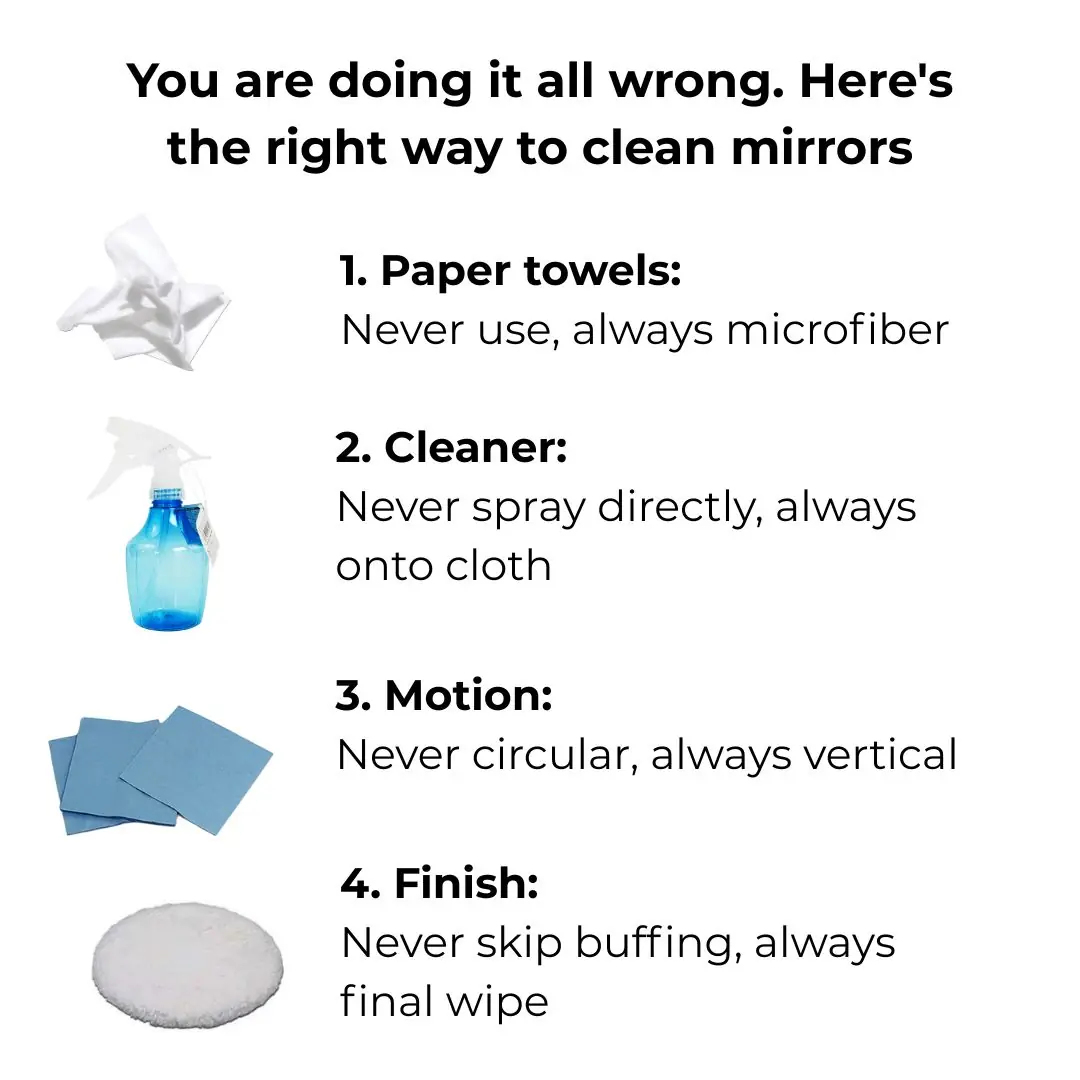
You are doing it all wrong. Here's the right way to clean mirrors
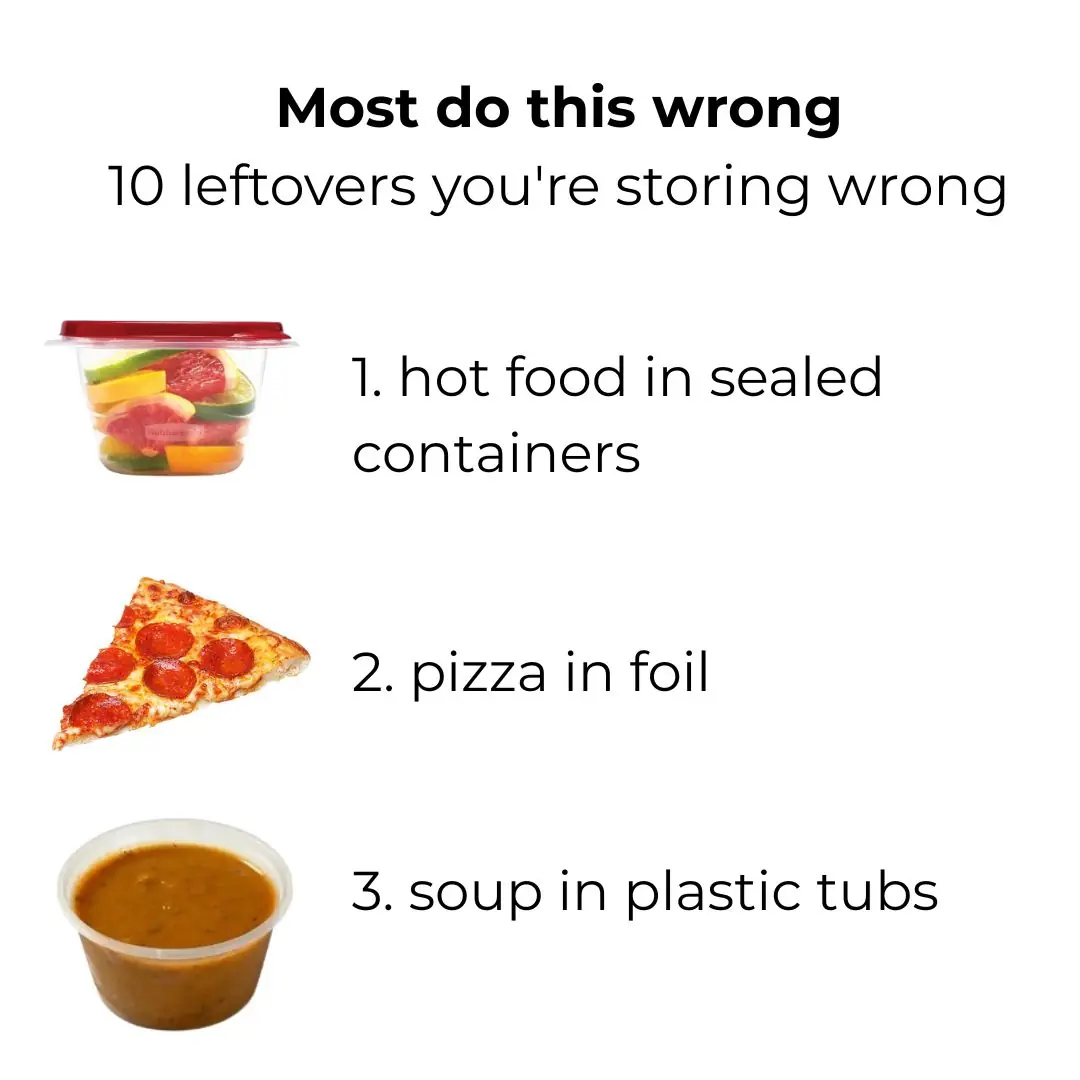
Most do this wrong. 10 leftovers you’re storing wrong

Delicious and crispy onion salt, you can keep it all year round without worrying about scum, just make it this way, whoever eats it will remember it forever

You are doing it all wrong. Here's the right way to store cleaning supplies
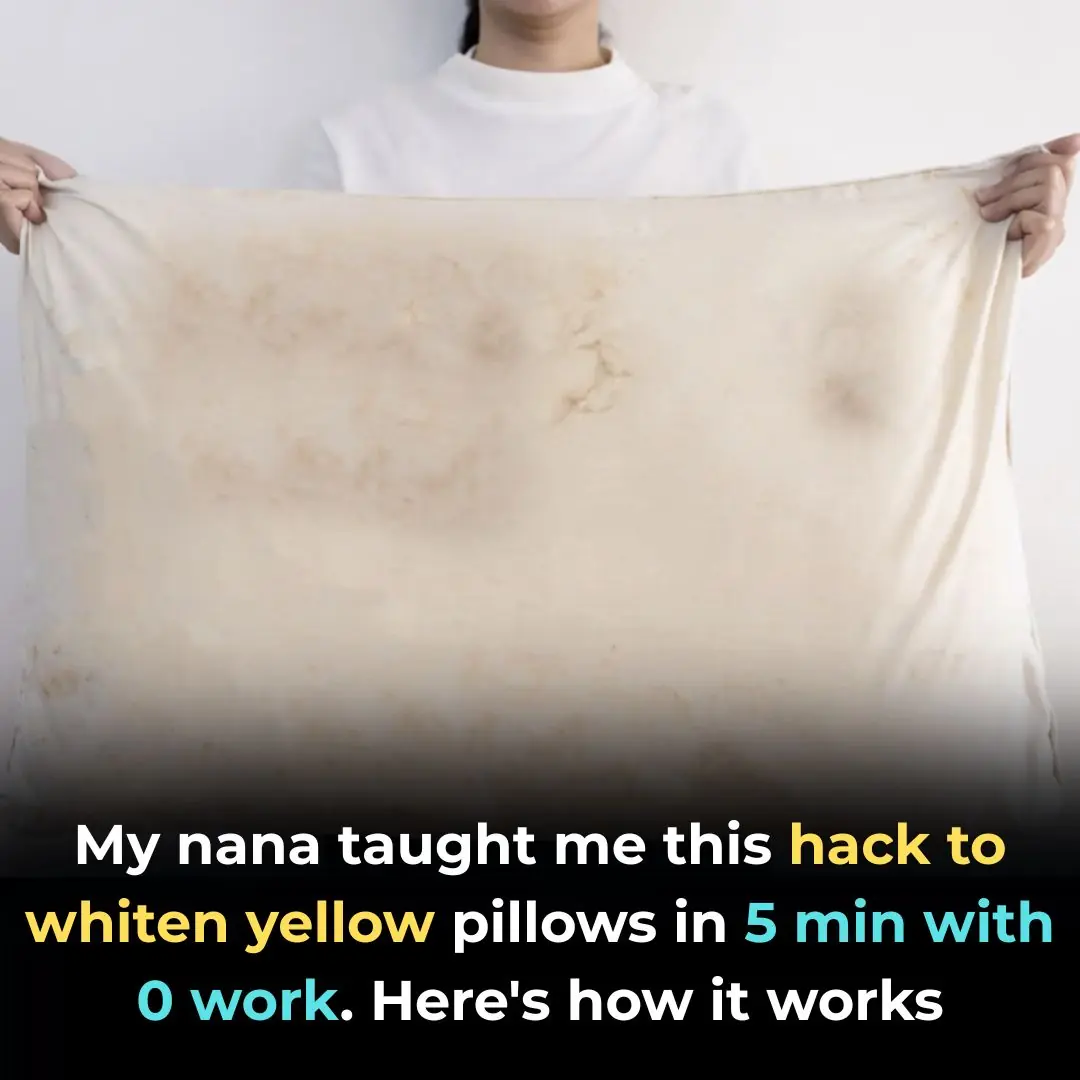
My nana taught me this hack to whiten yellow pillows in 5 mins with 0 work. Here’s how it works
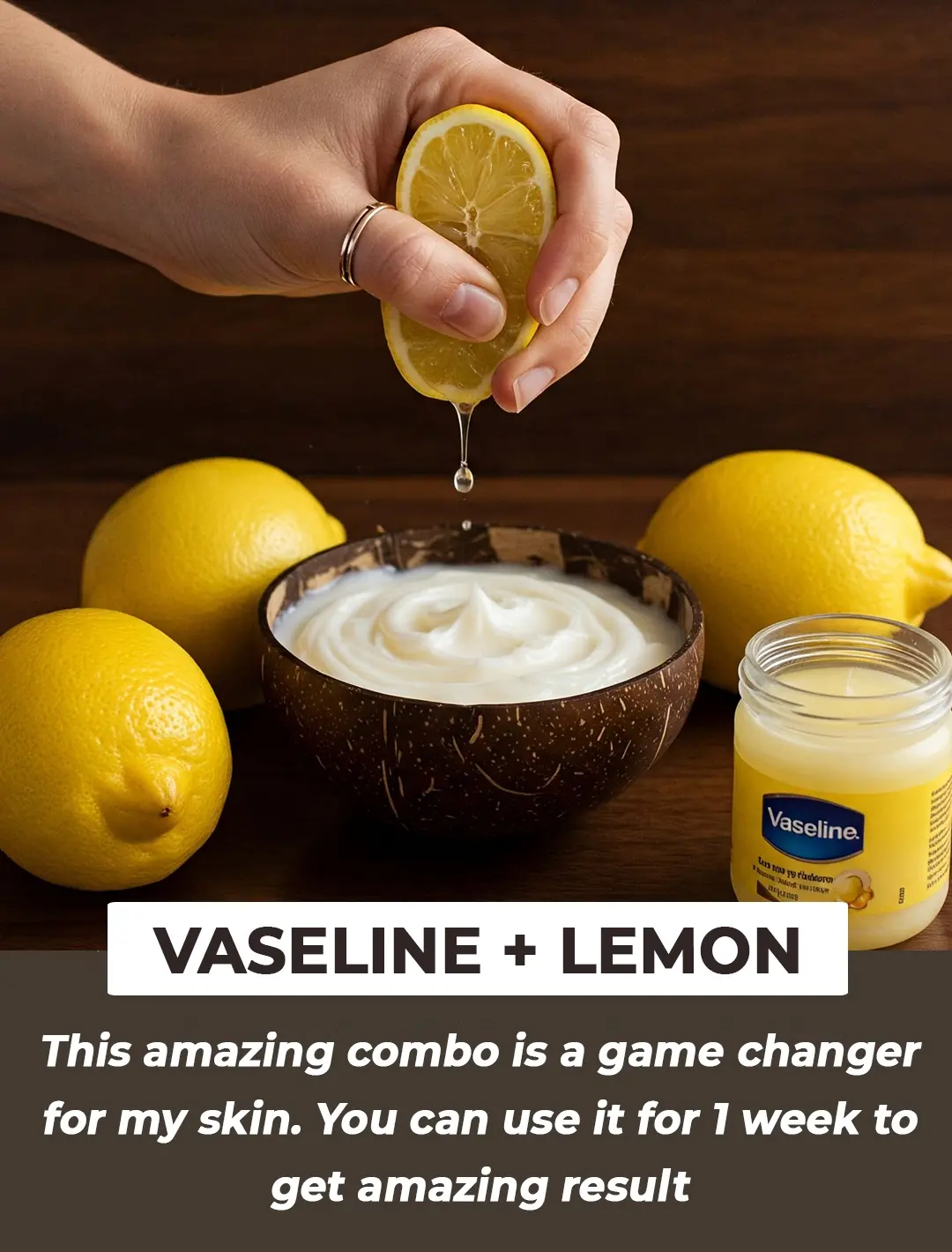
3 ultimate recipes using Vaseline & lemon to erase dark spots, clear acne and glow skin
